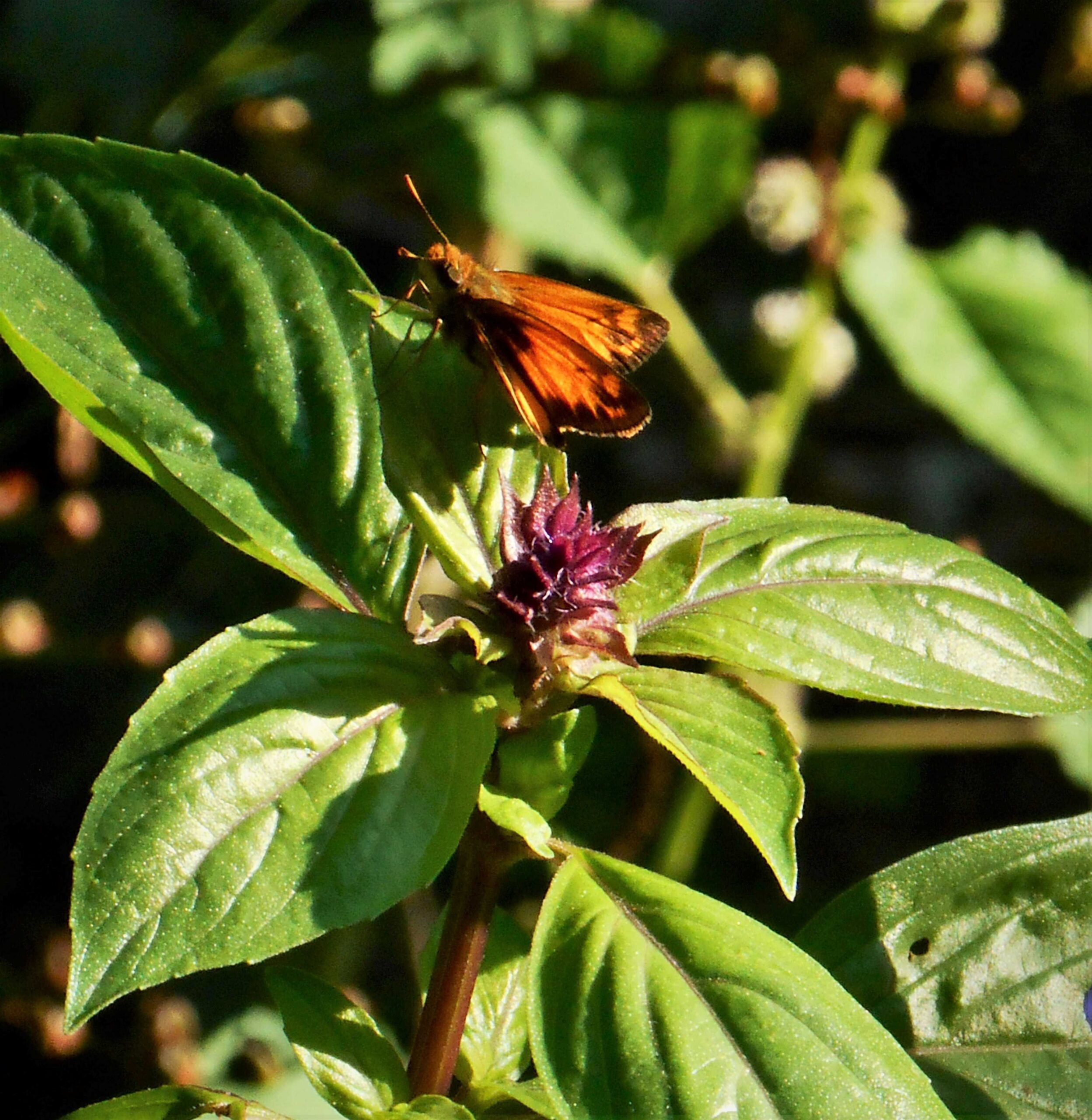How to Create a Haven for Hummingbirds
A friend showed me a video she had taken in her backyard of hummingbirds swarming around one of her feeders. She loves hummingbirds and works hard to attract and care for them. She plants containers filled with flowers she knows they like, and maintains multiple feeders kept stocked with sugar water. She told me that she has several tiny feeders on stakes that she places among the flowers in her containers. There were so many tiny birds flying about...










